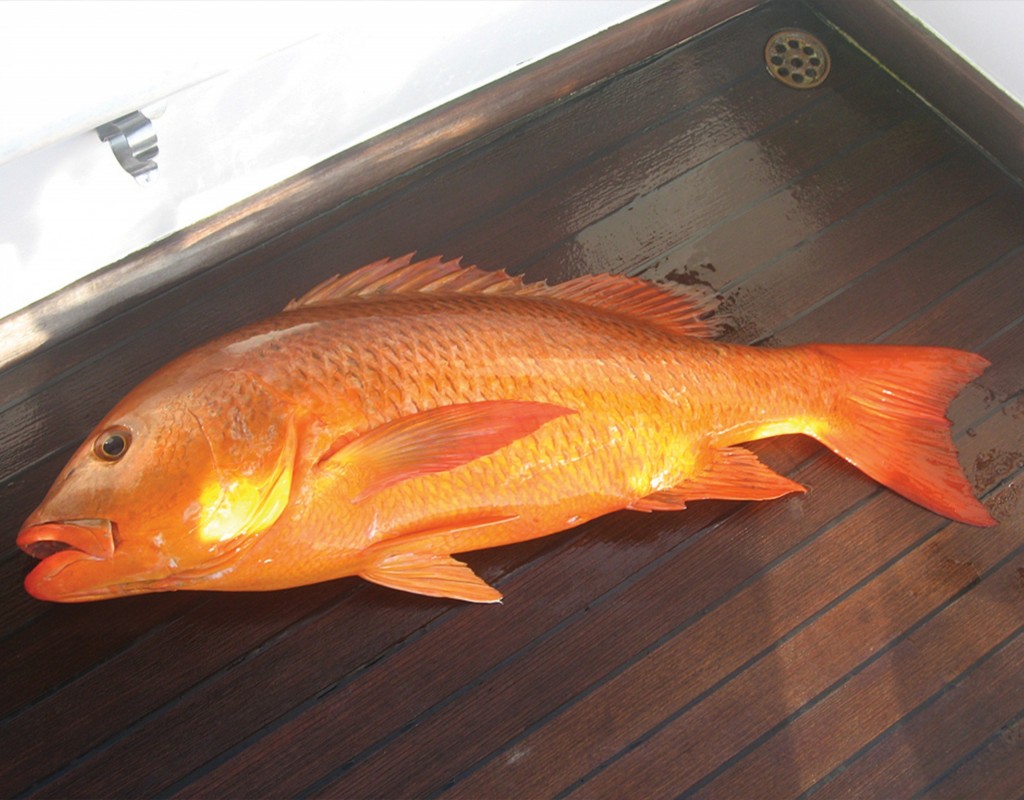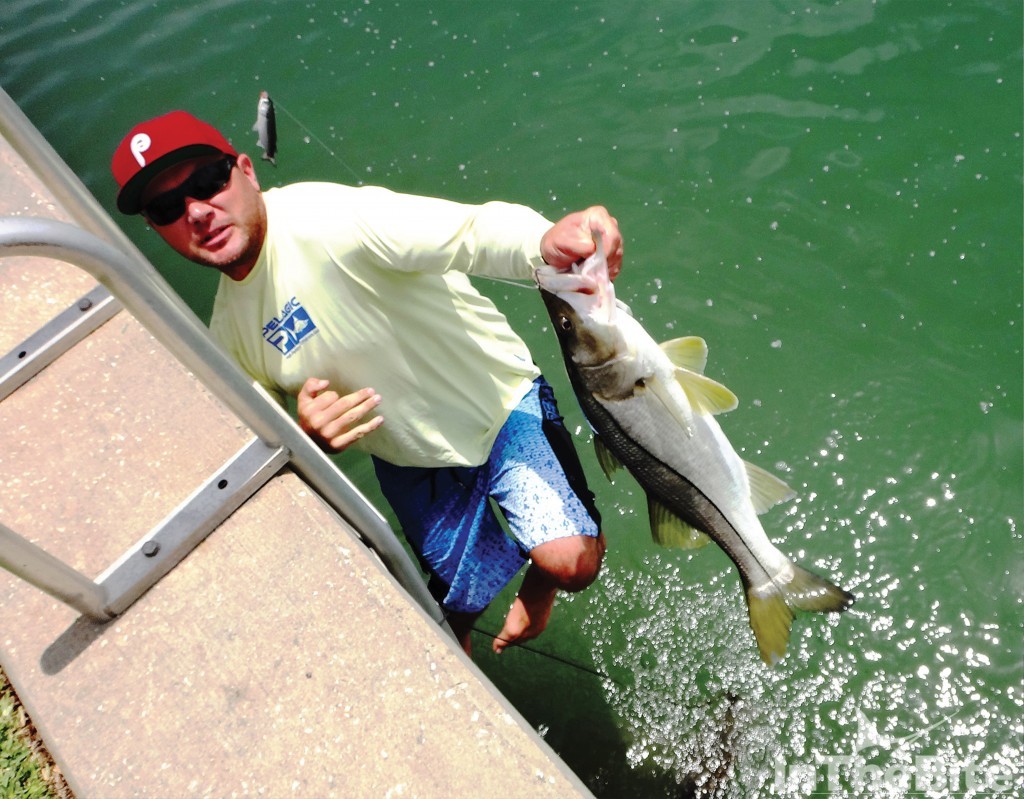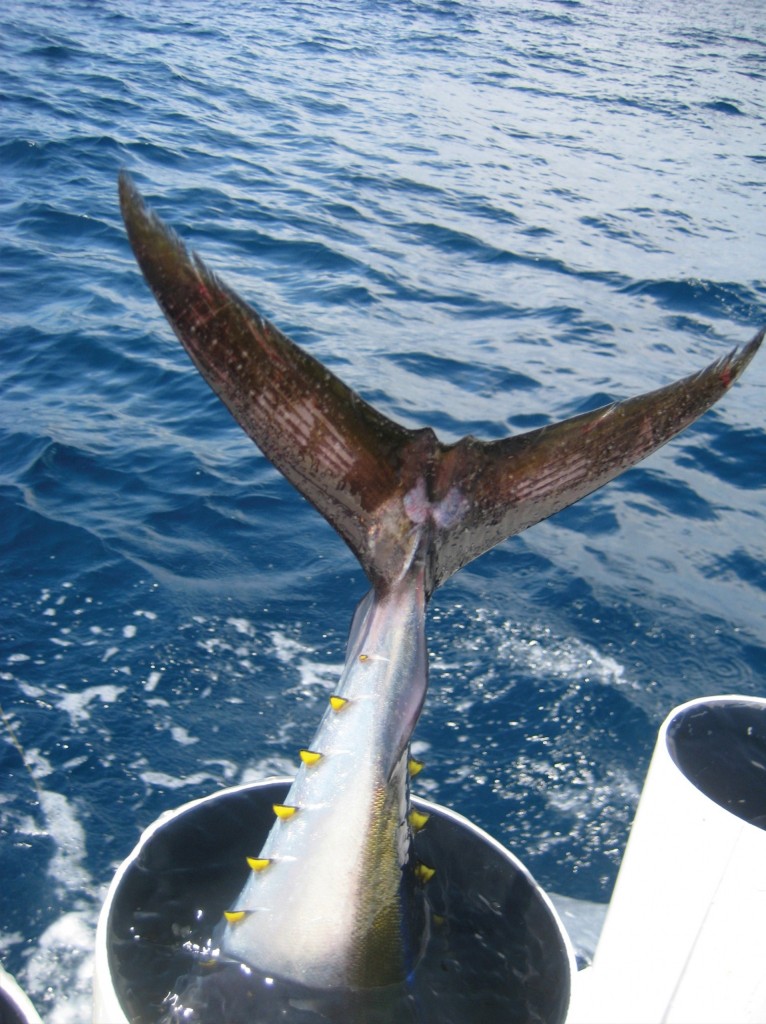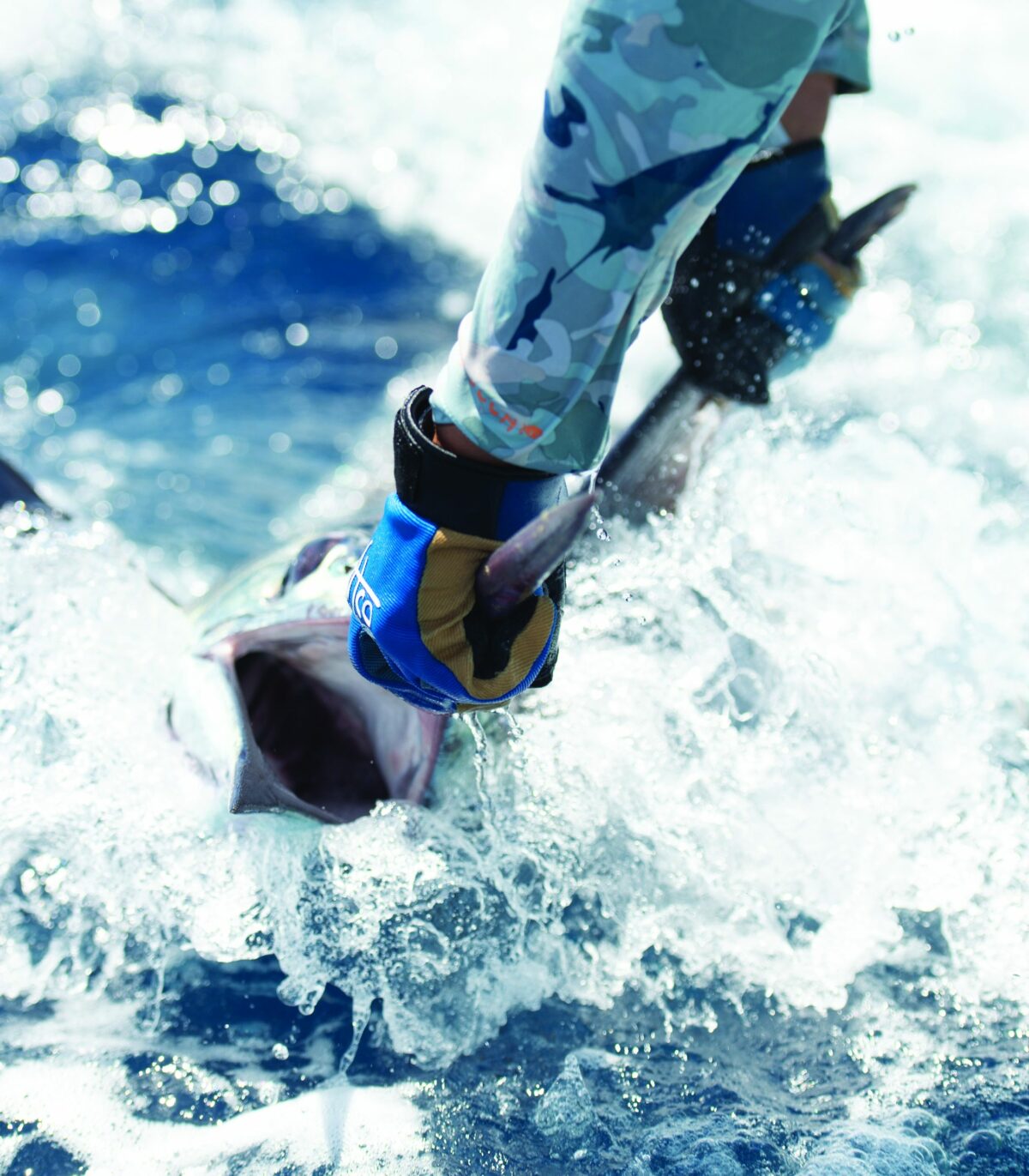They say that you can tell a lot about a person by the way they present themselves. A few observations about the anatomy of a fish can just as accurately provide ways to approximate how they behave. There is an adage in biology that form follows function. The way something appears can tell you quite a bit about what it is good at doing. Few parts are more telling of a fish behavior than its tail. There are many types, but for our purposes we will look at two groups: the lunate, sickle type possessed by billfish and tuna and the broom-shaped tail on the motor end of fish like striped bass, snapper and redfish. Each tail structure has positive attributes; for example, the lunate tail of the blue marlin provides the fish with a very high top end speed. The wider broom-shaped tail is built less for maximum speed. But it provides the maneuverability needed to hide behind a rockpile before ambushing a mullet as it ambles by in the current.
Tail Structure
Tail structures are defined by the aspect ratio, or AR, which is the height of the tail divided by its width. The higher the ratio”the taller and skinnier a tail is”the more rapidly the fish can swim. The sailfish is generally credited with being the fastest fish in the ocean. Its AR is near 7”its tail is nearly seven times taller than it is wide. Sailfish, like marlin and tuna, tend to live in clear blue water. They are visual hunters capable of picking out bait from far off. And the structure of their tails then makes their attack style possible. Swim around the open ocean, darkly silhouetted at depth, pick out a group of bait in the distance and, with the propulsion powered by a tall, thin and rigid tail, crash into the bait at 40 miles per hour. The first time you saw a blue marlin do this, you probably spilled your beer.

This snapper exhibits a powerful, broom-shaped tail for good maneuverability.
Fish Anatomy
Ever wonder why a tuna can wear you out, fighting for two or three hours, while a snook is a one run chump? That too is a function of anatomy. The dark red meat in a fish, commonly known as bloodline, is slow burning endurance-providing muscle (more scientifically this is called aerobic muscle). Fish like tuna that have lots of red muscle are equipped with stamina for long migrations and constant swimming, or for making fisherman think twice before using light tackle.

After one run, this slot snook is off to the frying pan. Not much blood line leads to short fights and less to cut off at the filet table. Photo courtesy Wes Oldfather
Fish Lips
The structure of a fish mouth can be quite telling as well. How many times have you heard, Hey, there a bonefish”throw a topwater. Probably not very often. The downward-turned lips and extruding overbite of a bonefish is indicative of its preferred pattern of predation: sucking shrimp and crabs off the bottom. On the other hand, fish like tarpon, snook, and speckled trout have lower jaws that extend past their upper. These fish are designed for blasting shrimp and baitfish as they drift past. Topwater lures were designed with them in mind. And the bill of a marlin is just as telling. The thick base and powerful trunk of a black marlin is perfectly suited for disabling tuna without breaking. Additionally, the thin, rapier-like beak of a sailfish makes short work of skewering a ball of sardines. Form follows function is nearly as telling with people as it is useful for discerning the lifestyle of ocean goers. The power to read a fish feeding and lifestyle behaviors from its anatomy can make you a better fisherman.

This yellowfin tuna has a sickle shaped, lunate tail. It has a high AR ratio and the tail supports a very high top-end speed.
The Eyes Have It
Fish that are blind or that live in murky water usually have small eyes: catfish and bull sharks are good examples. They detect prey and predators using other senses. A fish that has large eyes relative to its body is likely to be a visual hunter. A fish with very large eyes is likely to be a visual hunter adapted to hunting in low light environments. In the ocean, a low light environment could mean at night or in deep water. The gamefish that best exemplify this characteristic are swordfish and bigeye tuna. In the daytime each are generally caught deep”in the case of swordfish, really deep. At night both species follow prey to the upper parts of the water column where their large eyes give them the capacity hunt where others cannot.













